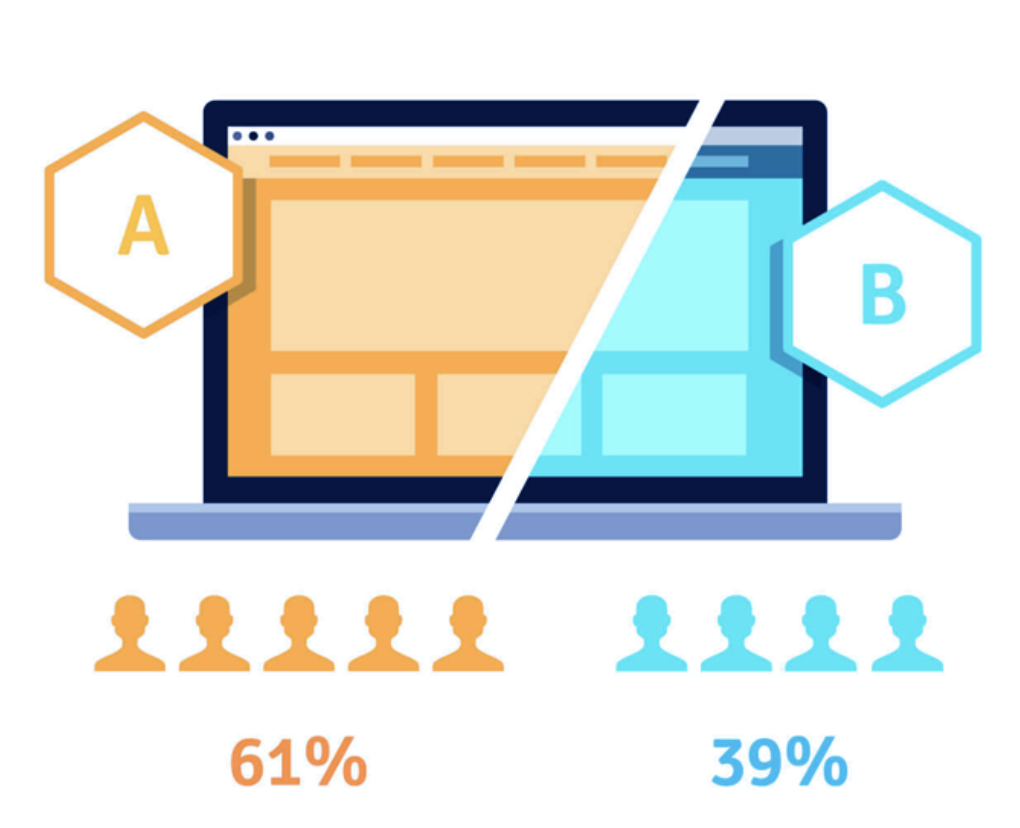Create Your Conversion Rate Optimisation Plan in 3 Steps
40% of marketers cite a conversion rate of less than 0.5 per cent.
However, companies that make Conversion Rate Optimisation (CRO) part of their digital marketing strategies can gain more conversions and therefore, more revenue.
In fact, 74% of conversion rate optimisation programmes increase sales. That means, having and maintaining a CRO plan is enough to start improving your sales figures and boosting conversions.
How do I create a CRO action plan?
For any business to create a successful conversion rate optimisation plan, they should be able to deliver and describe these three insights:
1. Your top three drivers, or what brings people to your site.
2. Your top three barriers, or what stops people from converting.
3. Your top three hooks, or what pushes people to convert.
Defining these three factors will serve as the foundation for your CRO plan because they tackle the root of the issue itself. What prevents or encourages people to act on your site? Is there anything you could make better? What could be faster? This all comes into play when truly assessing your site’s performance in regards to CRO, and what could be optimised further. To illustrate, the first five seconds of page-load time have the highest impact on conversion rates. Website conversion rates drop by an average of 4.42% with each additional second of load time. Is your site fast enough?
Below, we outline 3 steps you can take towards mastering your conversion rate optimisation plan.
3 steps for creating a productive CRO programme
Pinpoint what brings people to your site
You’ll want to compile and audit all of your digital marketing strategies to determine what you’re investing the most in and whether it’s working. Does your website, for instance, rank well in search, thanks to your search engine optimisation efforts? Or is most of your site traffic driven by your PPC ads?
Once you’ve compiled your strategies, you’ll want to analyse and assess their performance. This step is crucial when determining which channels drive the most traffic to your site. You can access this information through free web analytics tools, like Google Analytics, or paid ones like SEMrush.
Understanding your different channels also helps you better grasp the buying funnel. How do users find your site? Do they arrive at your business through a blog post or guide? Do they typically arrive on a service page or product page? What do they do once landing on your site?
Outline your buyer persona
Knowing who your buyer persona is will drastically differentiate the quality of your content, copy, and site design offering, by appealing to the direct wants of your ideal buyer.
Once you know who your audience is, you can begin to survey that audience to determine what they want. The more you uncover the wants of the buyer, the more you’ll begin to observe trends that will ultimately determine your course of action.
Find what prevents your audience from converting
Now that you know what brings people to your site, you’ll want to uncover your audience’s pain points. These pain points will ultimately prevent them from performing an action on your site and leaving empty-handed.
To best discover what drives a low conversion rate:
- Use your analytics tools to pinpoint some potential reasons for a low conversion rate.
- List what design/copy elements of your site need to be tested and in what order.
- Utilise analytics to visually demonstrate how users move through your site (i.e. your Funnel Visualisation Report).
- Create a list of which pages on your site your CRO programme could target.
- Detect your top-performing page’s drop-off points with heatmap tools.
Because you’ve already done the difficult work of researching your audience and various marketing strategies, you can utilise helpful and free tools (i.e. Hotjar) to start assessing user behaviour on different pages, and generally how they shop and behave on your site. These tools will enable you to gather and review your data, and help you build an effective CRO programme for your business.
Notice what drives your audience to convert
Now that you know what your drivers and your barriers are, it’s time to understand your hooks, or what urges people to purchase your product or contact your company. This step builds off your previous work towards creating a CRO programme, including your use of:
- Heatmap tools
- Surveys
- Interviews
Communicate with your audience in real-time
Real-time communication with your customers, in the form of a pop-up survey, will give you a real insight into why someone is about to purchase your product. As opposed to interviewing past customers about their online shopping experience, you can harness that information as it’s happening; making it more accurate and reliable. The feedback you get from customers, like valuing a faster checkout experience, for instance, can help you turn your low-performing pages around by implementing exactly what they want/need. Listening to and implementing customer feedback is often the deciding factor between increasing your conversion rate, or your customer churn rate.


